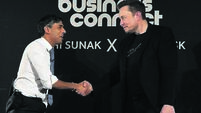Gareth O'Callaghan: Success with AI may come with a sting in the tail

An avatar from the TV series ‘Westworld’ — based on a novel by Michael Crichton — in which wealthy visitors to a fantasy theme park get o act out their wildest dreams on the AI residents.
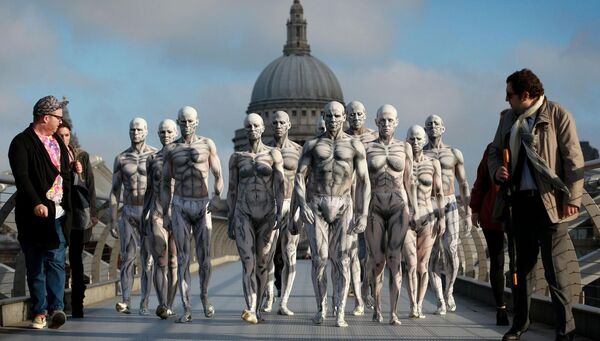
In short, it was regenerating my face with all the styles and expressions it exhibits unconsciously.
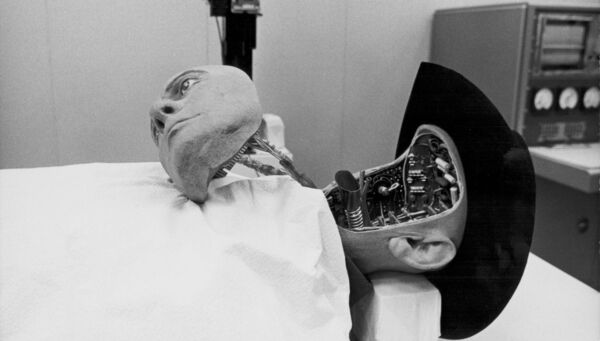
I stopped. It didn’t feel comfortable. There was something inexplicably dark about what was going on.
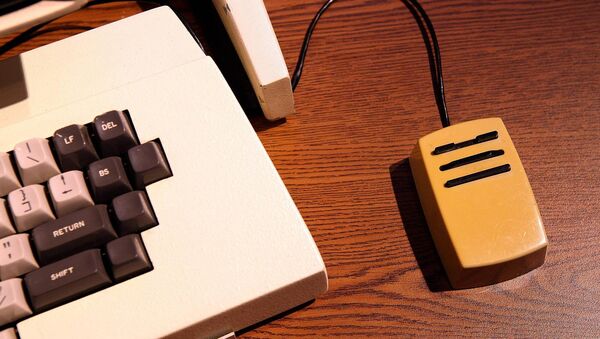
The idea of cloned robots with the same attributes as humans was the stuff of science fiction. The notion that it might one day become a reality was laughed at.
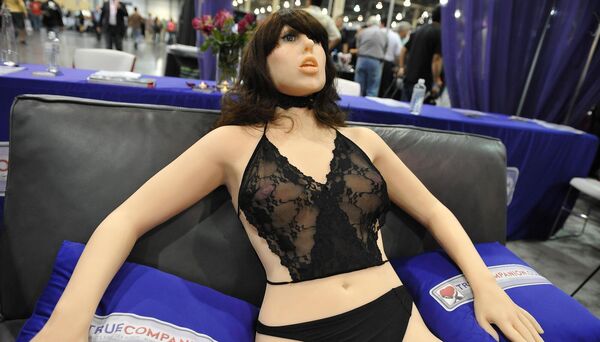
According to Suleyman, who paints a terrifying yet optimistic reality of what’s to come, we are allowing ourselves to see only the benefits of AI — increased wealth, solutions to climate change, medical advancements, longer healthier lifespans — while remaining unaware of the dangers of a superintelligence in the wrong hands.



